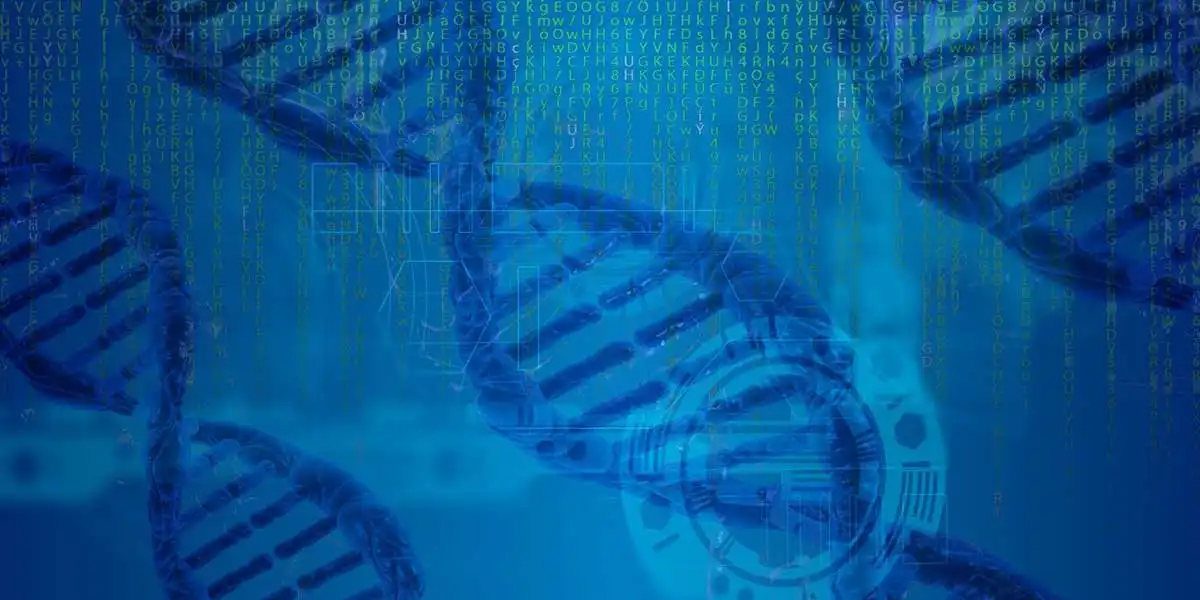
Mar 5, 2021
Blog Life Sciences DNA Data Storage: Market Trends You Need To Know
What Is DNA Data Storage?
There is a huge gap in data storage looming: the world is generating too much data to keep up. Because of this gap, by 2022, as much as 50% of the data generated every year will not be stored. At the same time, revolutionary advances in DNA read and write technologies have occurred, making these technologies faster and lower-cost.
The convergence of these factors is driving interest in DNA data storage. DNA has inherent advantages as a storage media, including extremely high storage density, no risk of obsolescence and ease of long-term storage. The main bottlenecks include storage costs, coding schemes and rapid access to and reading of the stored data.
As Dr. Hanlee Ji, Associate Professor of Medicine, Stanford University, says, “It is estimated that 44 trillion gigabytes of data were generated in 2020. In the era of big data, more is considered better and what that practically means is that there are huge amounts of data that need to be stored, managed and potentially analyzed. If you look at the supply of current microchips, this amount of data clearly exceeds the supply that we can currently generate based on microchip-grade silicon. This represents a potential dilemma for maintaining humanity’s history.”
DNA data storage is the process of encoding and decoding binary data to and from synthesized strands of DNA or RNA. It has the potential to exponentially increase data storage capabilities, and can also theoretically be preserved indefinitely. As of this writing, high cost and slow read and write times are keeping this from the mainstream. But, like all other information storage hurdles in the past, DNA data storage will get smarter, cheaper and faster.
DNA data Storage Trends And Projections
For additional intel into the global market for DNA data storage:
Download a free overview of our report, DNA Data Storage: Global Markets and Technologies
Listen to our podcast episode, Emily Leproust on The Future of DNA Data Storage
Explore our micro report, Innovation Spotlight: Synbio Technologies: DNA Data Storage

Sarah Greenberg is the Manager of Content Marketing at BCC Research. She creates our blog, social media and email content.
In today’s fast-paced biomedical world, researchers and pharmaceutical companies...

Radiopharmaceuticals represent a cutting-edge frontier in modern medicine, offer...

Implantable Remote Patient Monitoring (IRPM) devices are revolutionizing healthc...

We are your trusted research partner, providing actionable insights and custom consulting across life sciences, advanced materials, and technology. Allow BCC Research to nurture your smartest business decisions today, tomorrow, and beyond.
Contact UsBCC Research provides objective, unbiased measurement and assessment of market opportunities with detailed market research reports. Our experienced industry analysts assess growth opportunities, market sizing, technologies, applications, supply chains and companies with the singular goal of helping you make informed business decisions, free of noise and hype.